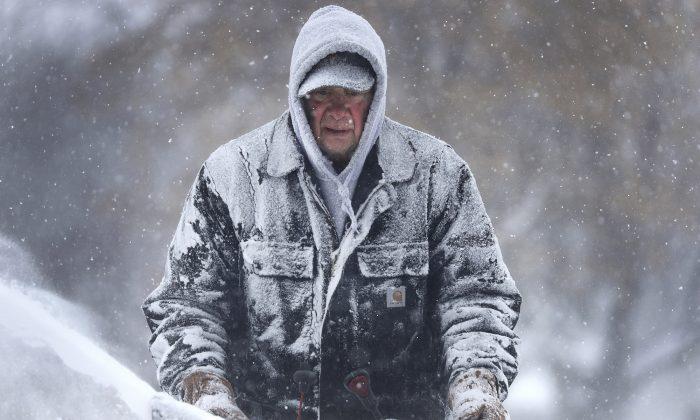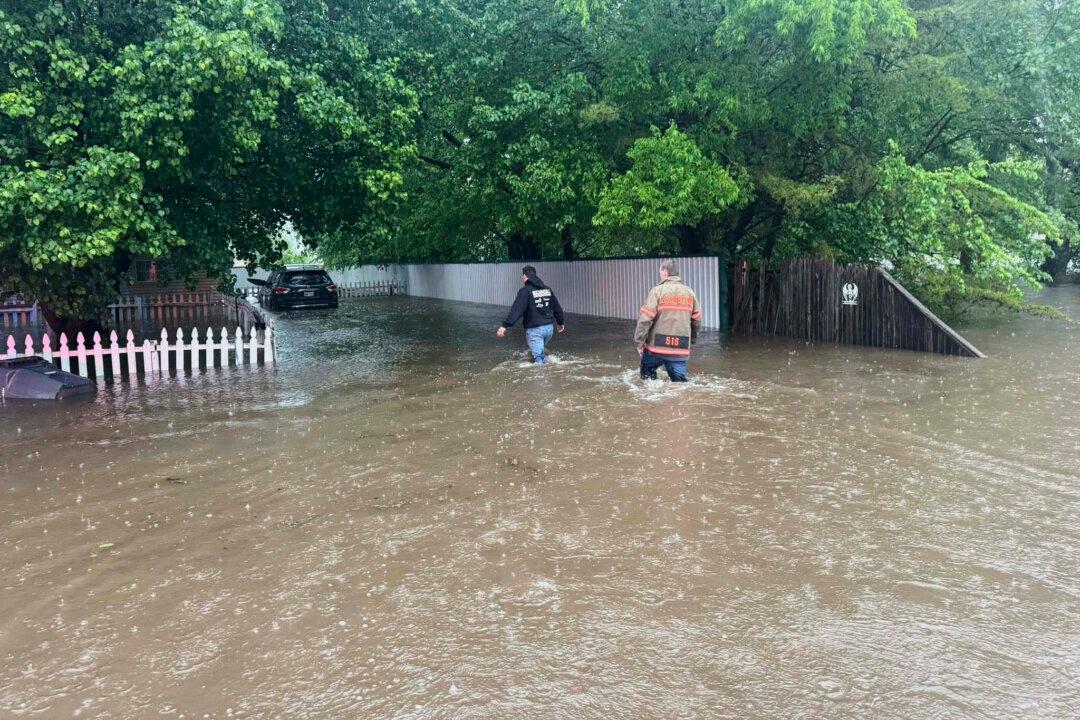CHICAGO—The painfully cold weather system that put much of the Midwest into a historic deep freeze was expected to ease on Thursday, Jan. 31, though temperatures still tumbled to record lows in some places.
Disruptions caused by the cold will persist, too, including power outages and canceled flights and trains. Crews in Detroit will need days to repair water mains that burst on Wednesday, Jan. 30, and other pipes can still burst in persistent subzero temperatures.
Before the worst of the cold begins to lift, more frigid weather is expected. Record-breaking cold hit northern Illinois early Thursday, when the temperature in Rockford dropped to negative 30 degrees. The previous record in the city, northwest of Chicago, was negative 27 degrees on Jan. 10, 1982.
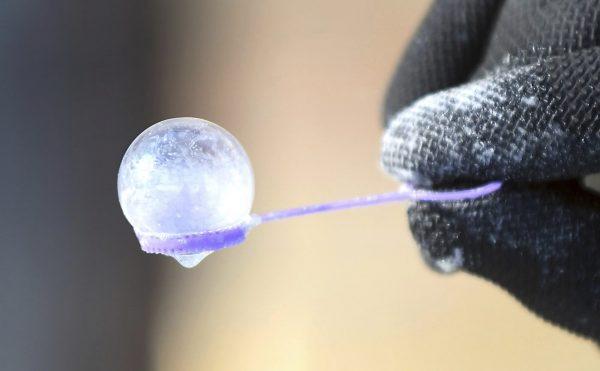
As temperatures bounce back into the single digits Thursday and into the comparative balmy 20s by Friday, more people were expected to return to work in the nation’s third-largest city, which resembled a ghost town after most offices told employees to stay home.
The blast of polar air that enveloped much of the Midwest on Wednesday closed schools and businesses and strained infrastructure with some of the lowest temperatures in a generation. The deep freeze snapped rail lines, canceled hundreds of flights and strained utilities.
Chicago dropped to a low of around minus 23, slightly above the city’s lowest-ever reading of minus 27 from January 1985. Milwaukee had similar conditions. Minneapolis recorded minus 27. Sioux Falls, South Dakota, saw minus 25.
Wind chills reportedly made it feel like minus 50 or worse. Trains and buses in Chicago operated with few passengers. The hardiest commuters ventured out only after covering nearly every square inch of flesh against the extreme chill, which froze ice crystals on eyelashes and eyebrows in minutes.
The Postal Service took the rare step of suspending mail delivery in many places, and in southeastern Minnesota, even the snowplows were idled by the weather.
Officials in dozens of cities focused on protecting vulnerable people from the cold, including the homeless, seniors and those living in substandard housing.
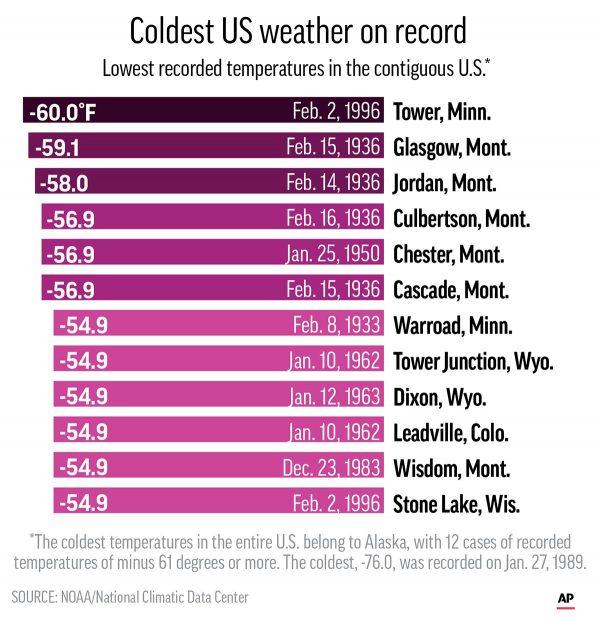
Damage From Cold Weather
Aside from the safety risks and the physical discomfort, the system’s icy grip also took a heavy toll on infrastructure, halting transportation, knocking out electricity and interrupting water service.Ten diesel-train lines in the Metra commuter network kept running, unlike the electric lines, but crews had to heat vital switches with gas flames and watched for rails that were cracked or broken. When steel rails break or even crack, trains are automatically halted until they are diverted or the section of rail is repaired, Metra spokesman Michael Gillis explained.
A track in the Minneapolis light-rail system also cracked, forcing trains to share the remaining track for a few hours.
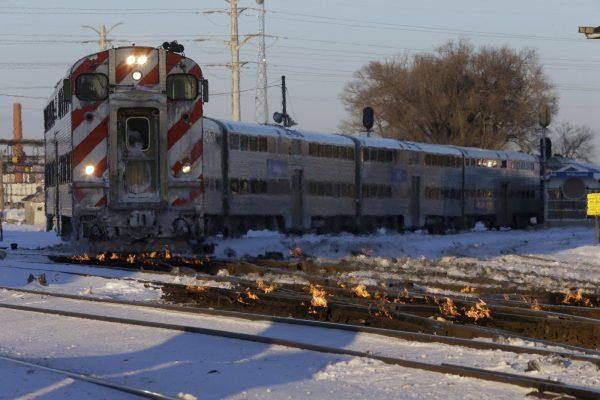
In Detroit, more than two dozen water mains froze. Customers were connected to other mains to keep water service from being interrupted, Detroit Water and Sewerage spokesman Bryan Peckinpaugh said.
Most mains were installed from the early 1900s to the 1950s. They are 5 to 6 feet underground and beneath the frost line, but that matters little when temperatures drop so dramatically, Peckinpaugh said.
On a typical winter day, the city has five to nine breaks, with each taking about three days to fix. But those repairs will take longer now with a large number of failures to fix, he added.
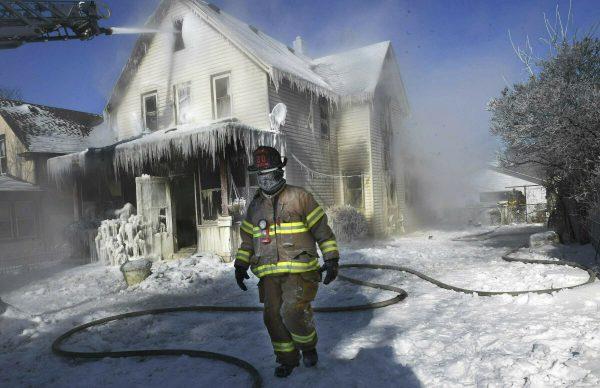
Detroit is in the second year of a $500 million program to rehab its water and sewer system. Last year, 25 miles of water mains were replaced.
“Water pipes are brittle. The more years they’ve gone through the freeze-thaw cycle,” the greater the stress and strain, said Greg DiLoreto, a volunteer with the American Society of Civil Engineers and chair of its committee on American infrastructure.
Pipes laid a century ago have far exceeded the life span for which they were designed, said DiLoreto, who described the aging process as “living on borrowed time.”
“When we put them in—back in the beginning—we never thought they would last this long,” he said.
